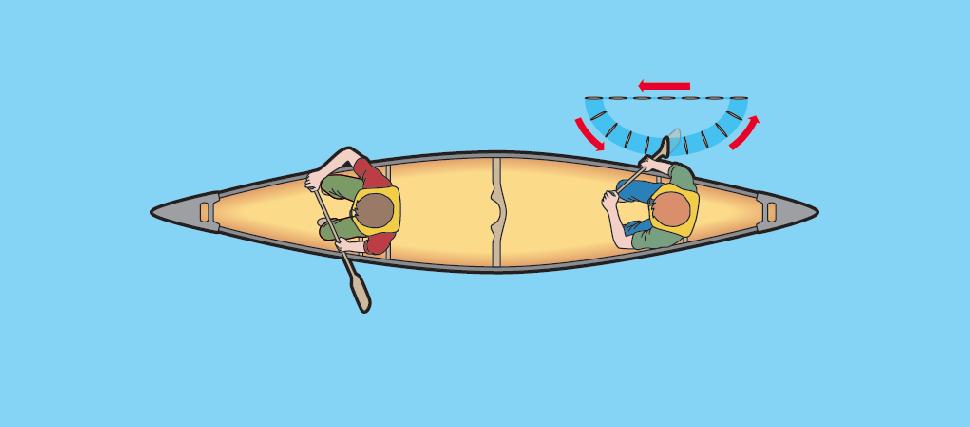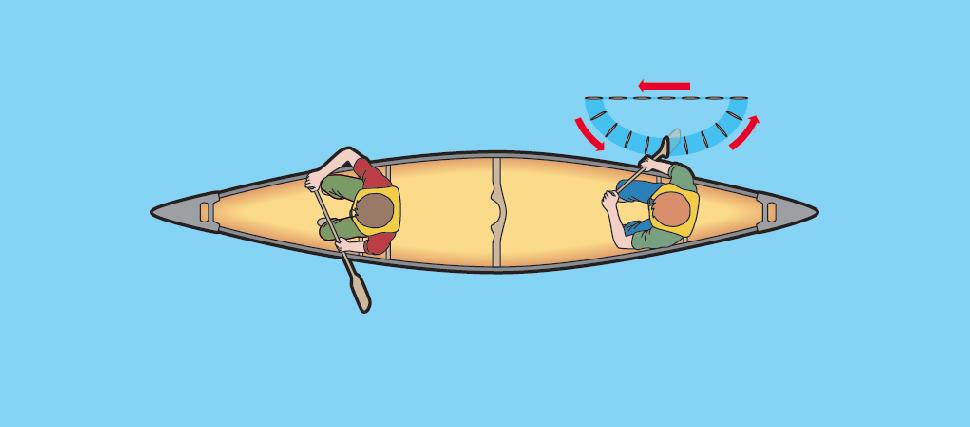Silent stroke
Use the Indian stroke to sneak up on fish and game
by Jim Baird
Advertisement
When canoeing, you must use correction strokes to avoid travelling in circles—either that or you have to constantly switch paddling sides. One such correction stroke is the Indian stroke, which has the added advantage of allowing for a silent approach. That’s because the blade never leaves the water (below), making it ideal for sneaking up on wildlife. Also useful for staying straight in strong winds, the technique has long been used by Canada’s First Nations paddlers.
Advertisement
To master this ancient skill, practise the following steps:
- Start with a normal forward stroke, but a quarter of the way through twist your top wrist (grip hand) so your thumb points toward the canoe bow. At the same time, bend in your bottom wrist (shaft hand) to gradually increase the pitch of your paddle blade for the last quarter of the forward motion.
- At the end of the forward stroke, your top wrist should be bent forward and the paddle blade should be sideways in the water with the power face of the blade pointing away from the canoe. In effect, the paddle is turned 90 degrees.
- Without stopping the motion, slice your paddle sideways under the water toward the bow, keeping pressure to the outside of your paddle blade.
- In the last quarter of the back stroke, spin the paddle another 90 degrees counter-clockwise if paddling right (clockwise if paddling left). You should be back at the beginning of the first step when finished the paddle rotation.
Contributor Jim Baird is a hardcore backcountry adventurer.
Bonus video: How to do the Indian stroke
Video: How to do the Indian stroke
Expert paddler and adventurer Jim Baird demonstrates the Indian stroke. It’s an ideal stroke for sneaking up on wildlife because the blade never leaves the water, so you can approach silently.
Advertisement


